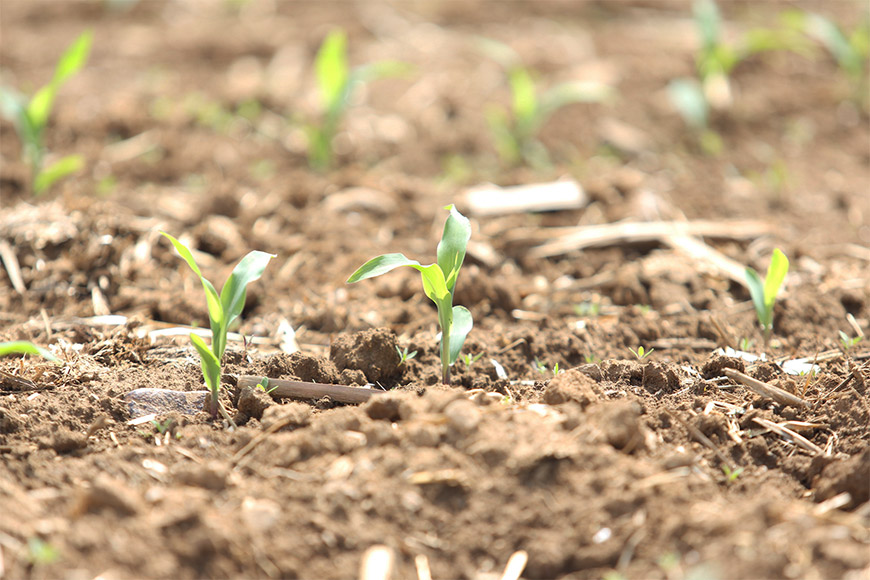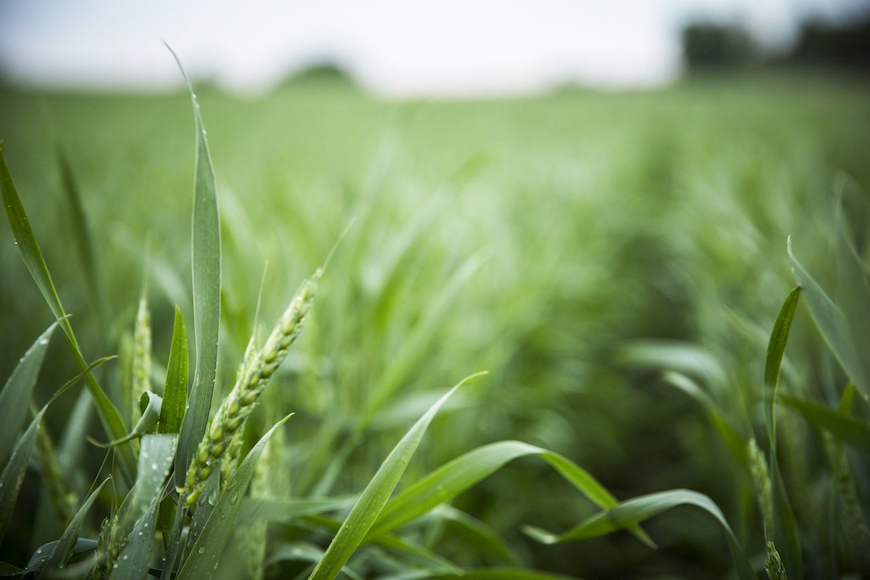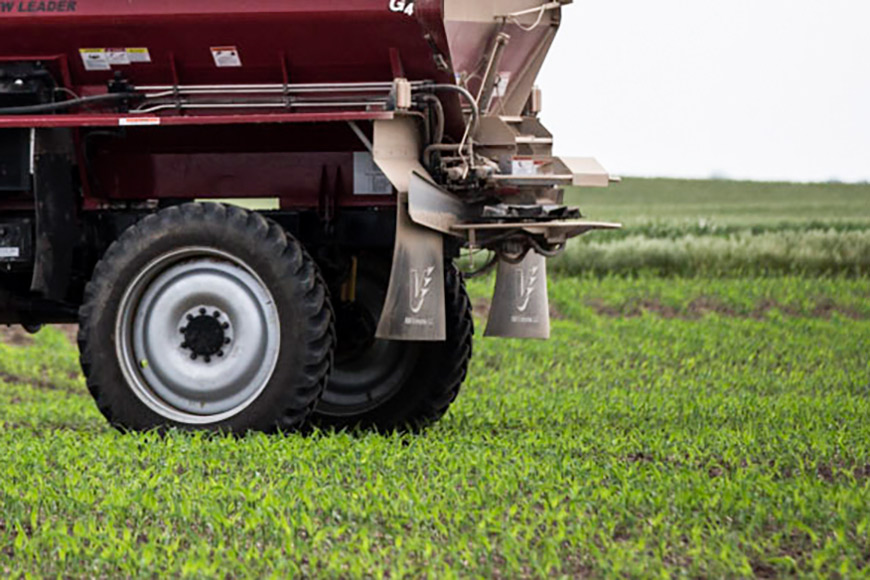Consider a Back to Basics Approach for Crop Fertility

Chances are you have some routines and standard processes in place for managing your crop. You’re probably fertilizing, taking care of weeds and choosing the right hybrids for your acres. But, are you keeping plant physiology in mind when you make those decisions? It's not just about applying fertilizer, it’s also thinking about the timing, the rate and source of nutrients to ensure they’re available to the crop exactly when it needs it.
Plant nutrition 101
There are 17 nutrients that are required by all plants for survival. Each one promotes a different function in the plant and is derived from a different source, whether that is the air, water, soil minerals or a synthetic fertilizer. If you had the capability to completely remove any one of these nutrients from a crop, it would be unable to perform some function. For example, a plant grown completely without nitrogen would not produce chlorophyll and amino acids essential for proper growth. While it’s critical for plants to have an adequate supply of the essential nutrients for development, not all nutrients are needed in the same quantities and at the same time.
Time is of the essence
Agronomists use the term “elemental prominence” to describe the idea that there are certain nutrients that are more important than others at key points during the growth and development of a plant. We know that zinc, for example, is one nutrient that plants are most responsive to early in the growing season when the seed is germinating, emerging from the soil and establishing a young plant. Zinc is important for root growth and enzyme processes in the plant, so it makes sense to apply that nutrient early in the season rather than waiting until later to get the maximum benefit.
Putting these ideas into action
Understanding the inner workings of your crops can help you develop a more effective fertility program. Soil sampling prior to planting gives a baseline for determining nutrient levels so you can decide how and when you’ll supplement based on crop needs. Plant tissue sampling can give an indication of how efficiently the crop is using soil nutrients and can allow time for amendments in-season.
Much of the focus in the fall will be on phosphorus and potassium, and in certain geographies nitrogen. But there's also a great opportunity to focus on some of the other nutrients, such as sulfur and micronutrients, to provide a strong foundation for adequate plant uptake next year. Talk with your local agronomist to make the most of your crop fertility plans.
Plant nutrition 101
There are 17 nutrients that are required by all plants for survival. Each one promotes a different function in the plant and is derived from a different source, whether that is the air, water, soil minerals or a synthetic fertilizer. If you had the capability to completely remove any one of these nutrients from a crop, it would be unable to perform some function. For example, a plant grown completely without nitrogen would not produce chlorophyll and amino acids essential for proper growth. While it’s critical for plants to have an adequate supply of the essential nutrients for development, not all nutrients are needed in the same quantities and at the same time.
Time is of the essence
Agronomists use the term “elemental prominence” to describe the idea that there are certain nutrients that are more important than others at key points during the growth and development of a plant. We know that zinc, for example, is one nutrient that plants are most responsive to early in the growing season when the seed is germinating, emerging from the soil and establishing a young plant. Zinc is important for root growth and enzyme processes in the plant, so it makes sense to apply that nutrient early in the season rather than waiting until later to get the maximum benefit.
Putting these ideas into action
Understanding the inner workings of your crops can help you develop a more effective fertility program. Soil sampling prior to planting gives a baseline for determining nutrient levels so you can decide how and when you’ll supplement based on crop needs. Plant tissue sampling can give an indication of how efficiently the crop is using soil nutrients and can allow time for amendments in-season.
Much of the focus in the fall will be on phosphorus and potassium, and in certain geographies nitrogen. But there's also a great opportunity to focus on some of the other nutrients, such as sulfur and micronutrients, to provide a strong foundation for adequate plant uptake next year. Talk with your local agronomist to make the most of your crop fertility plans.




